7/5/20: Spars
The sail-track riser on the mizzen boom was a little too tall, so I tried to slice off about 1/4 inch using the table saw.
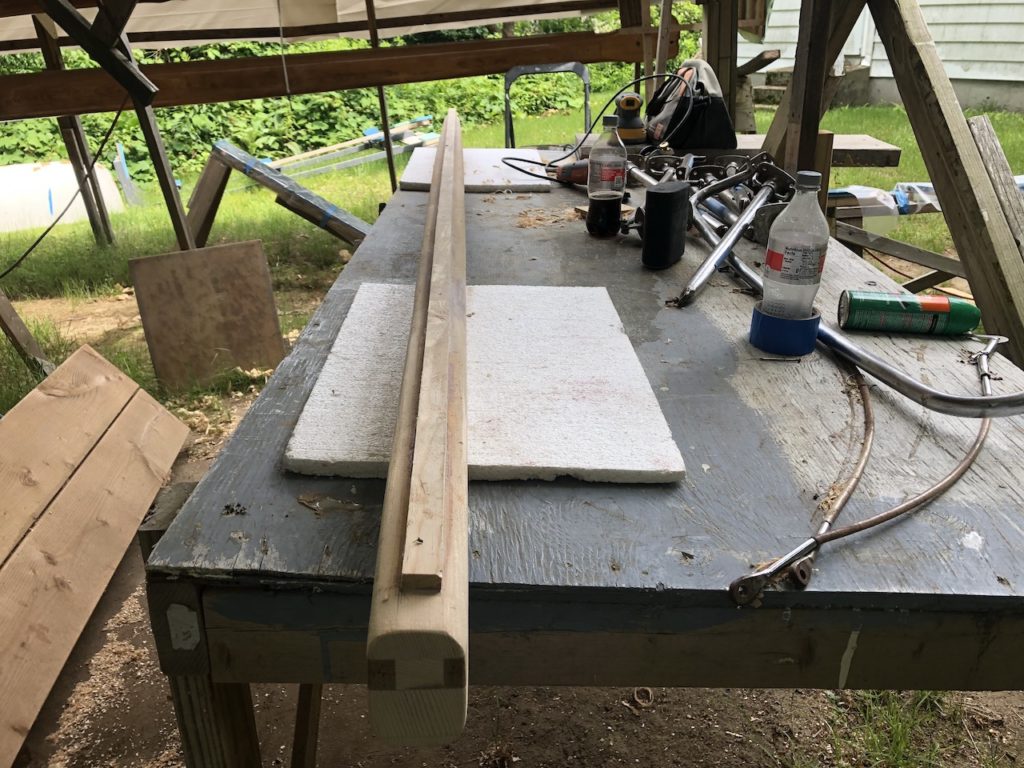
Unfortunately I cut too deep and had to remove and replace half of the riser.
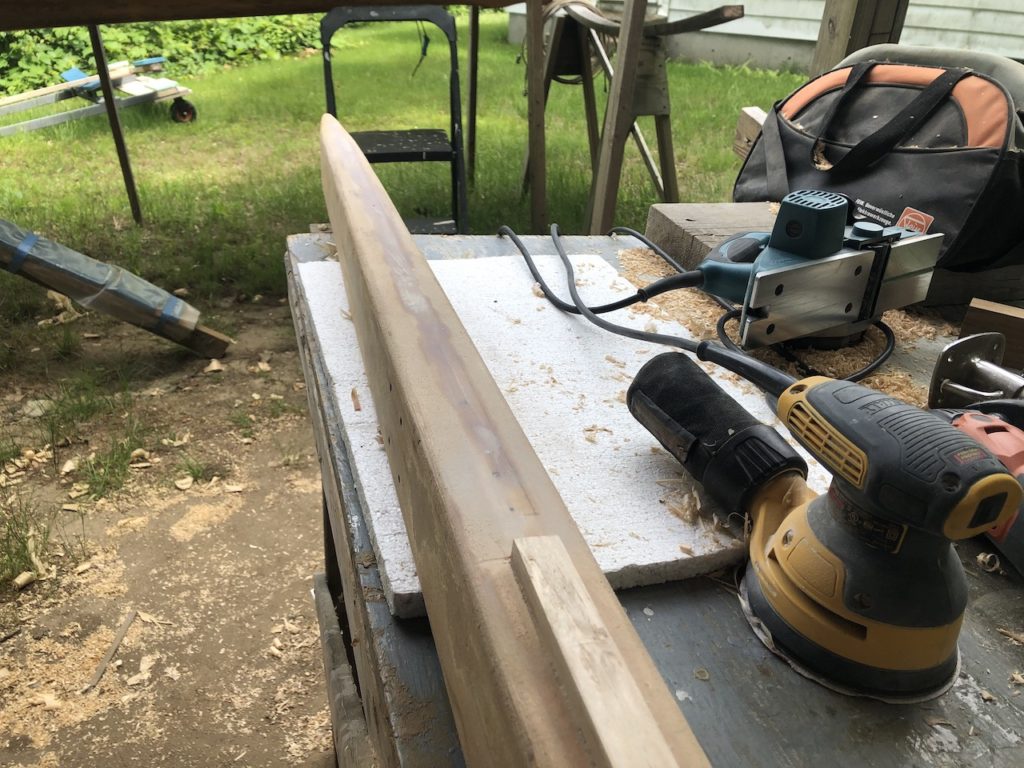
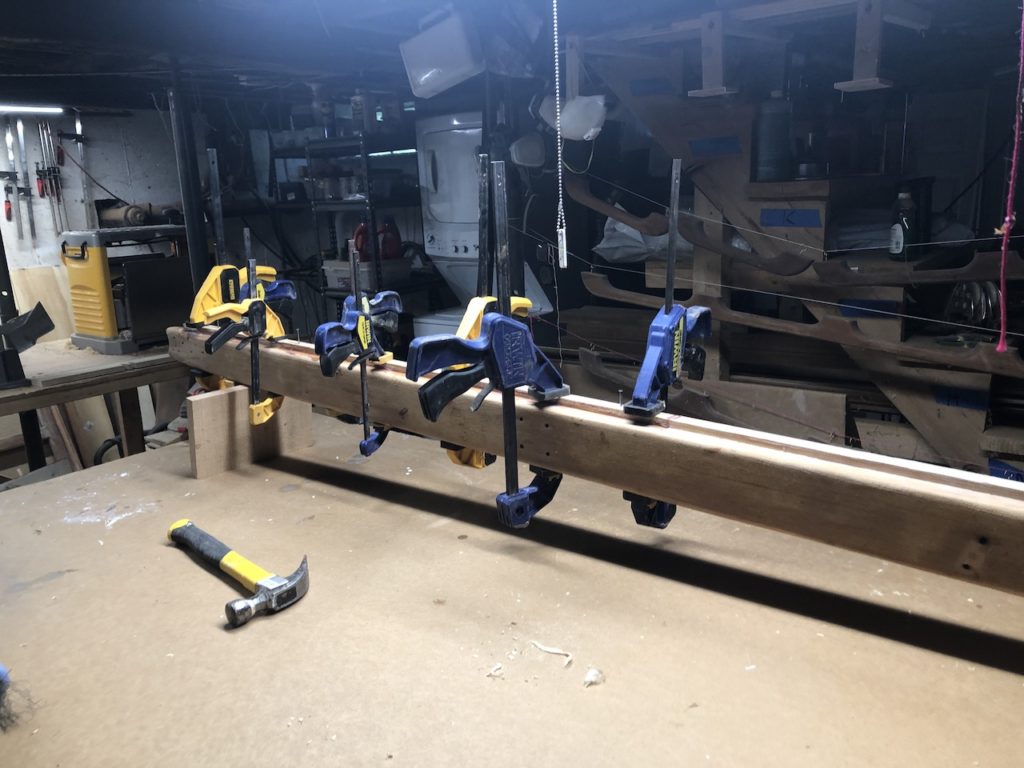
This time I took off the extra with a hand plane.
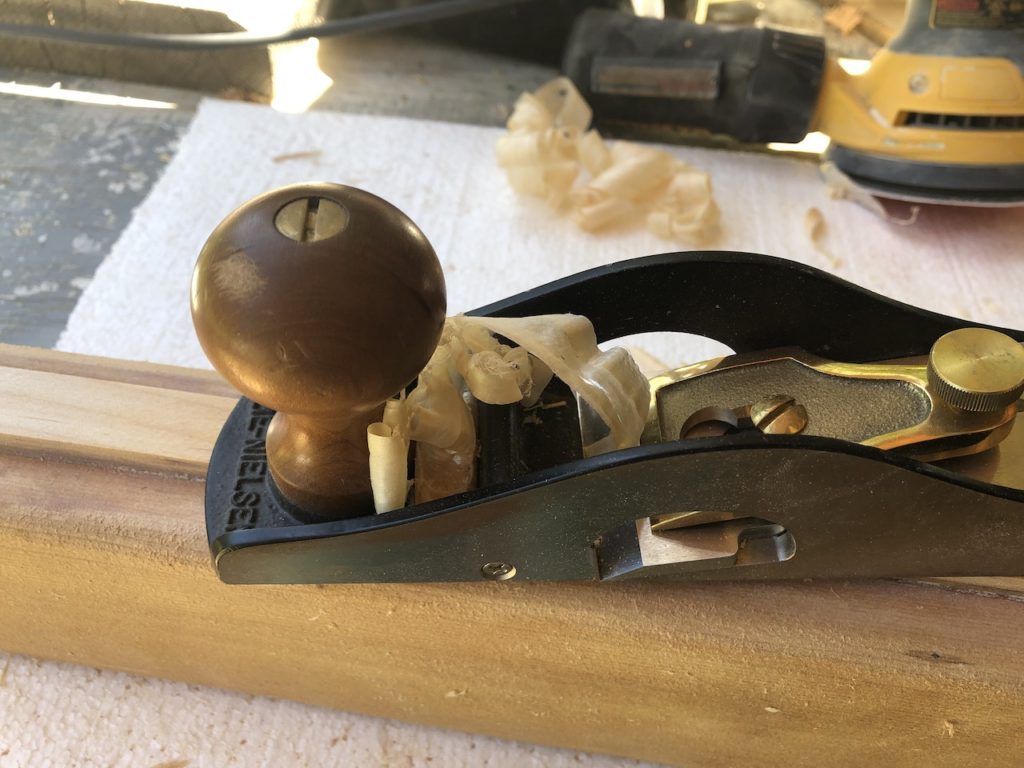
I built some cushioned supports to support the various smaller spars for hardware installation and sanding.
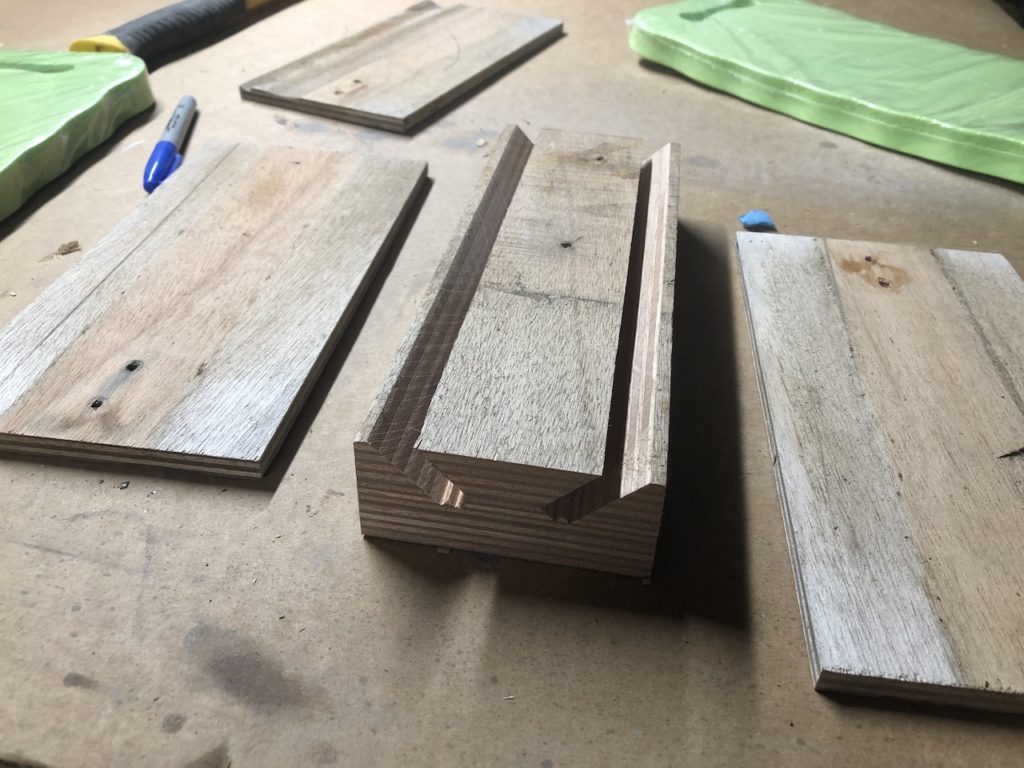
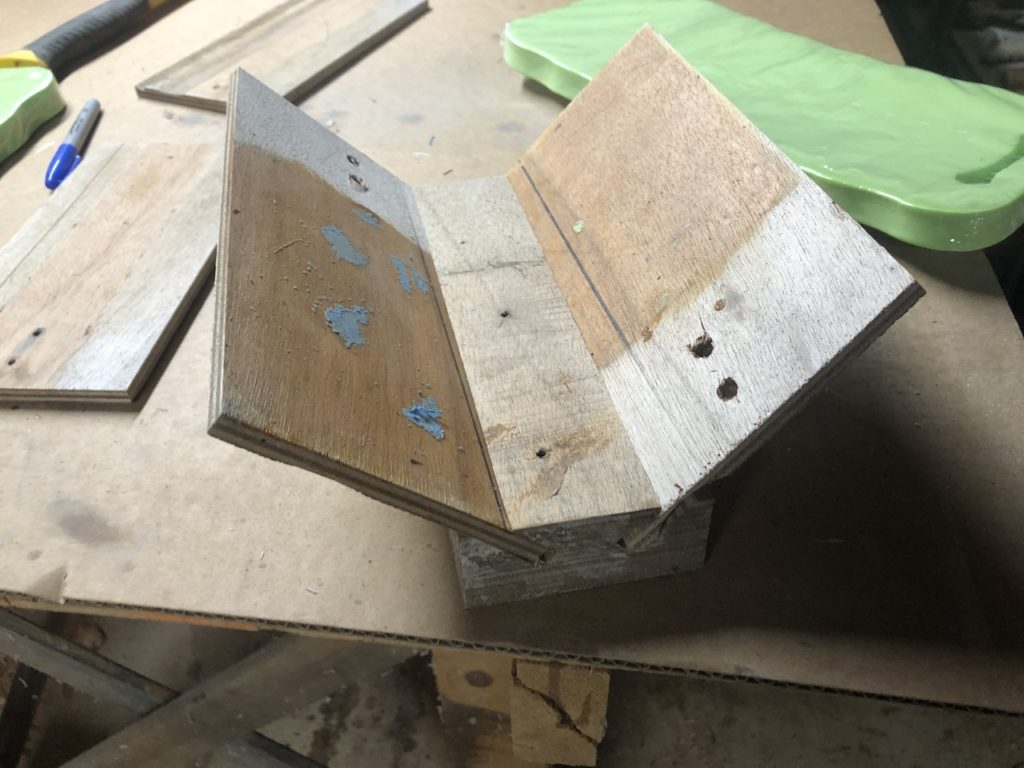
Ruckle has a whisker pole, but it has never seen the deck since I’ve been the owner. I’m calling it a whisker pole, but I’m not convinced that it’s not a spinnaker pole, though it lacks some hardware I’d expect on either. Nevertheless, I decided to refinish it, which began with removing the awful white-colored, epoxy-based paint that once covered the masts.
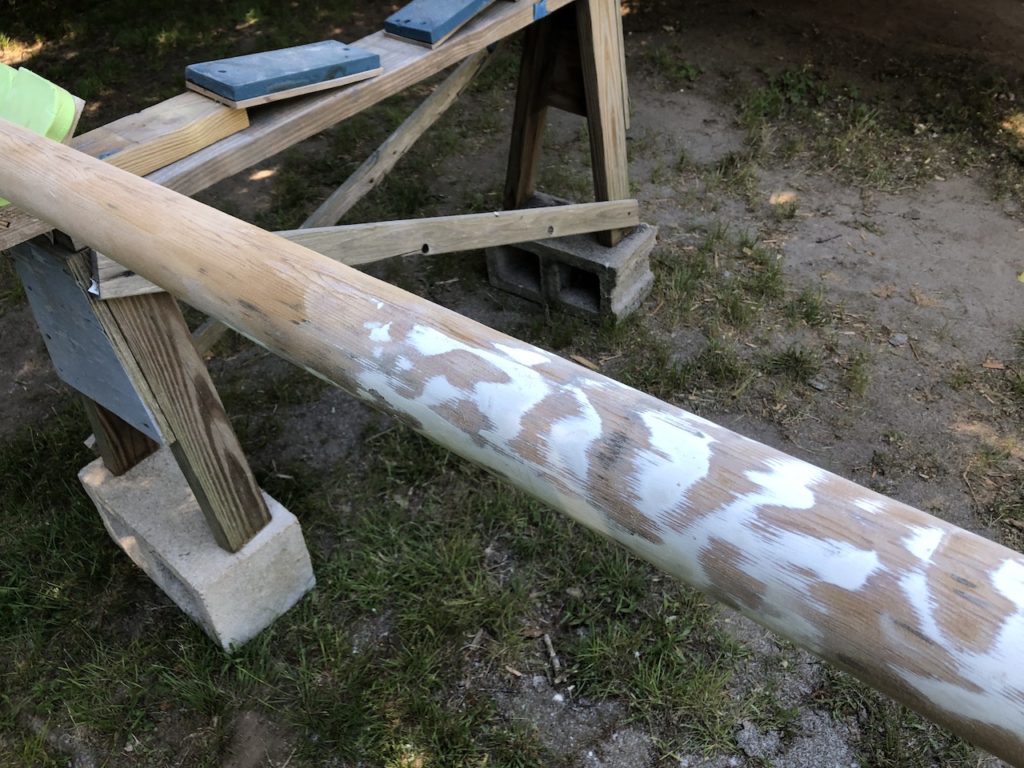
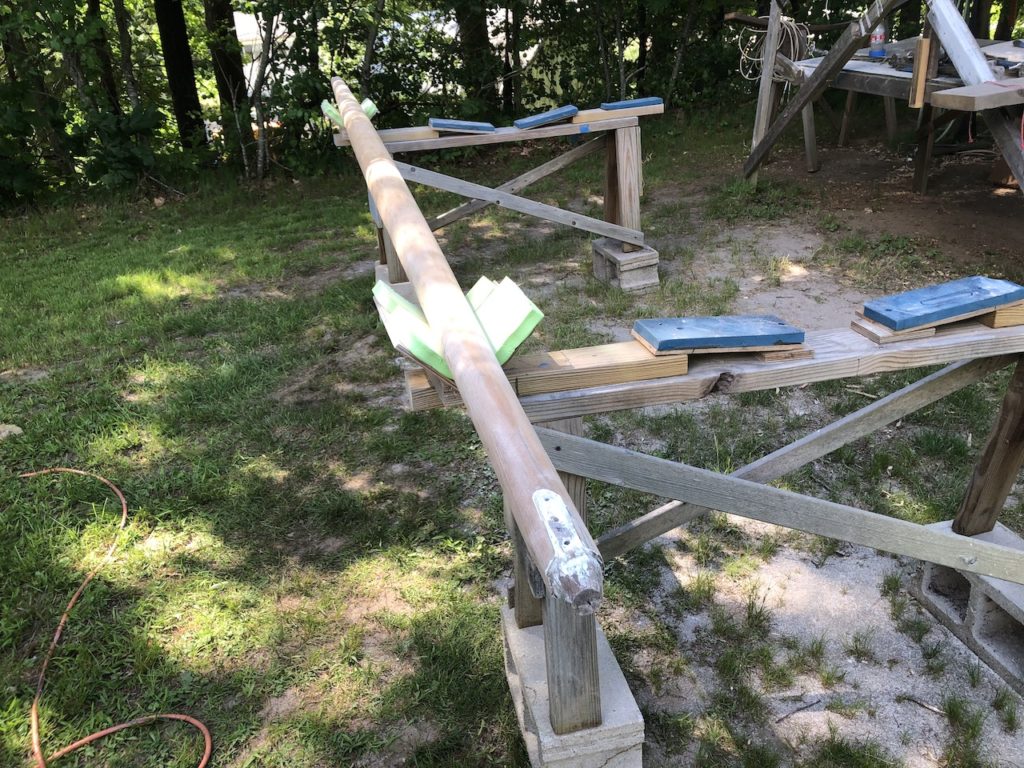
A little spot filling and plugging on the booms:
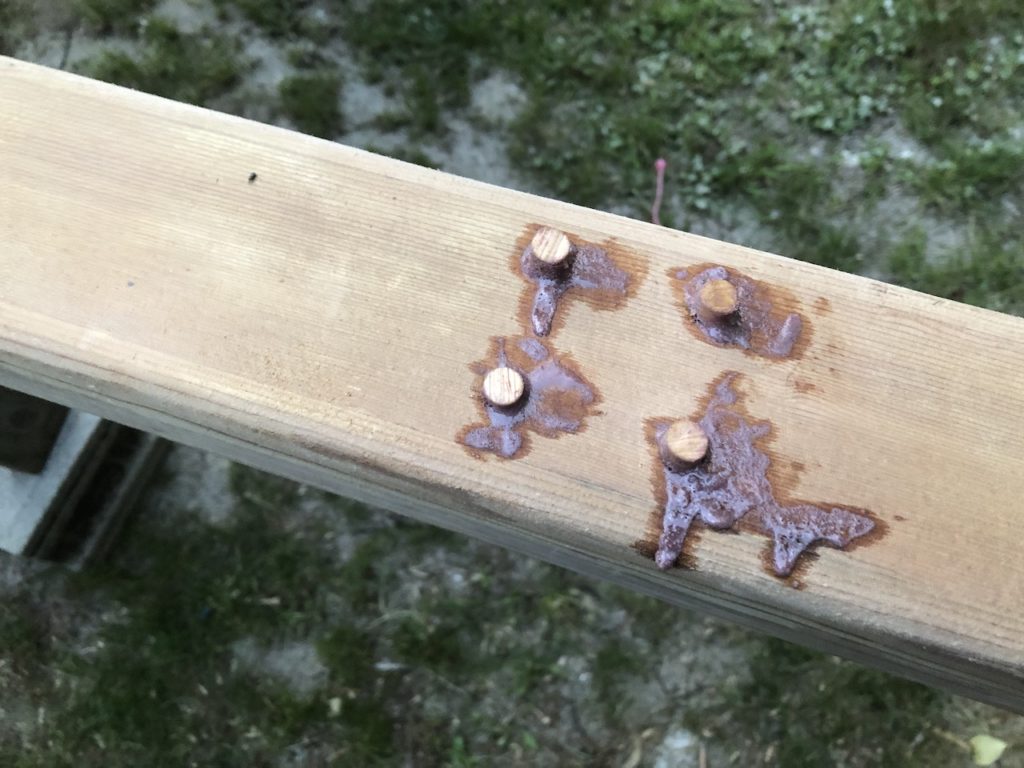
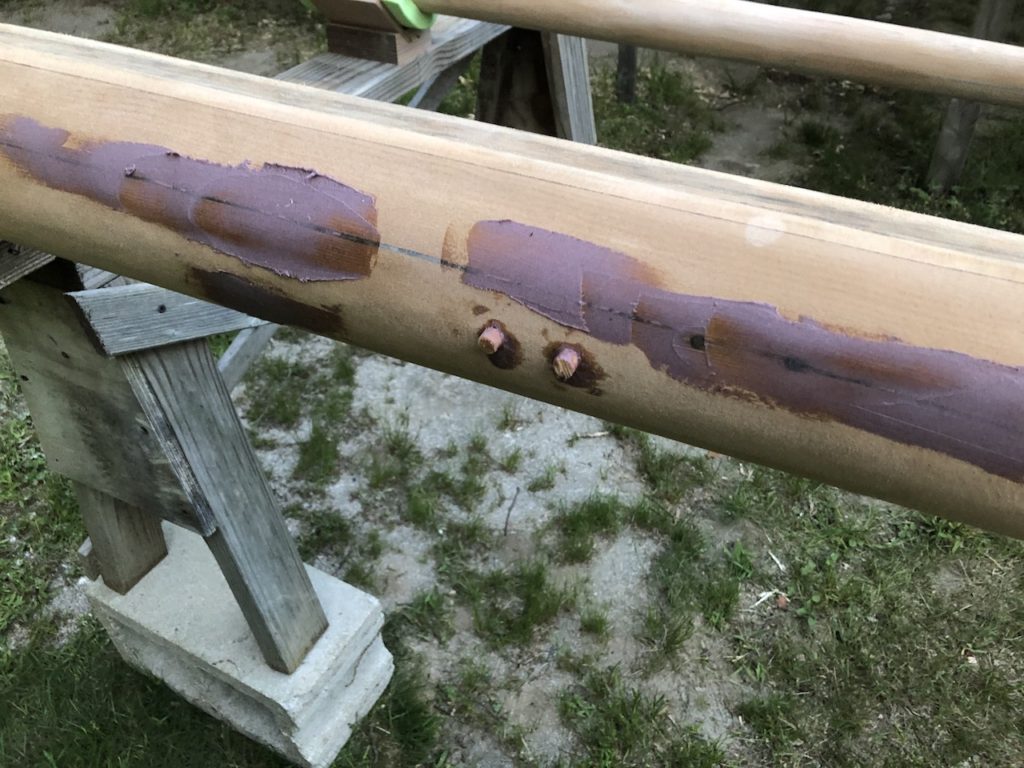
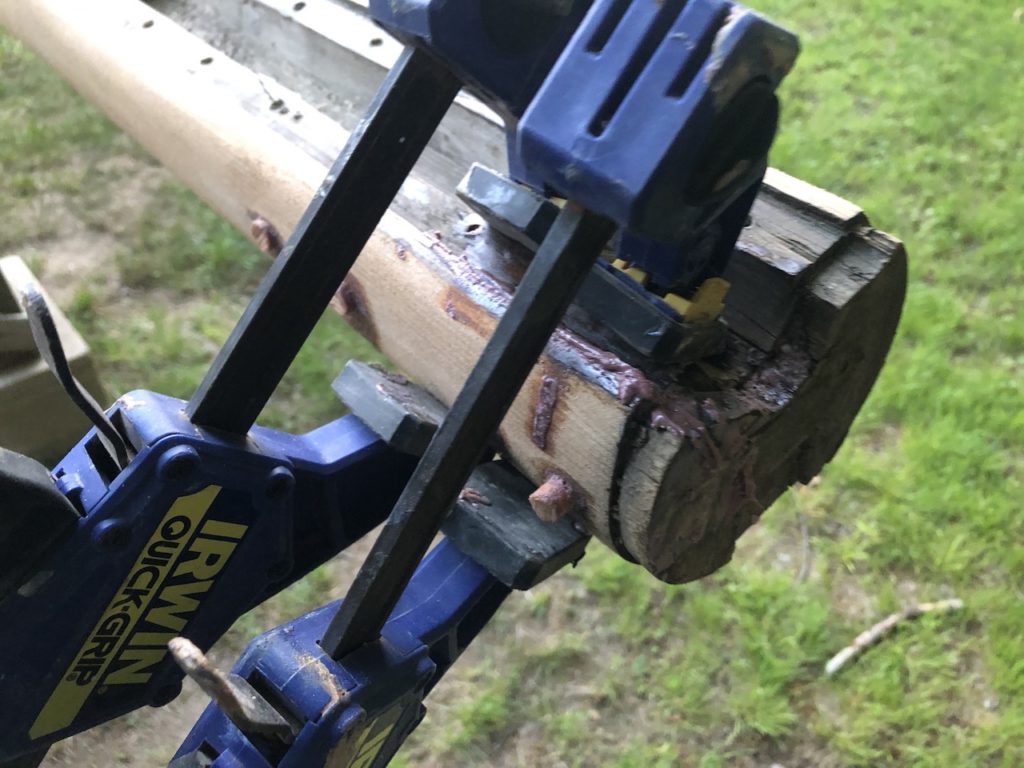
And finally we’re ready for varnish.
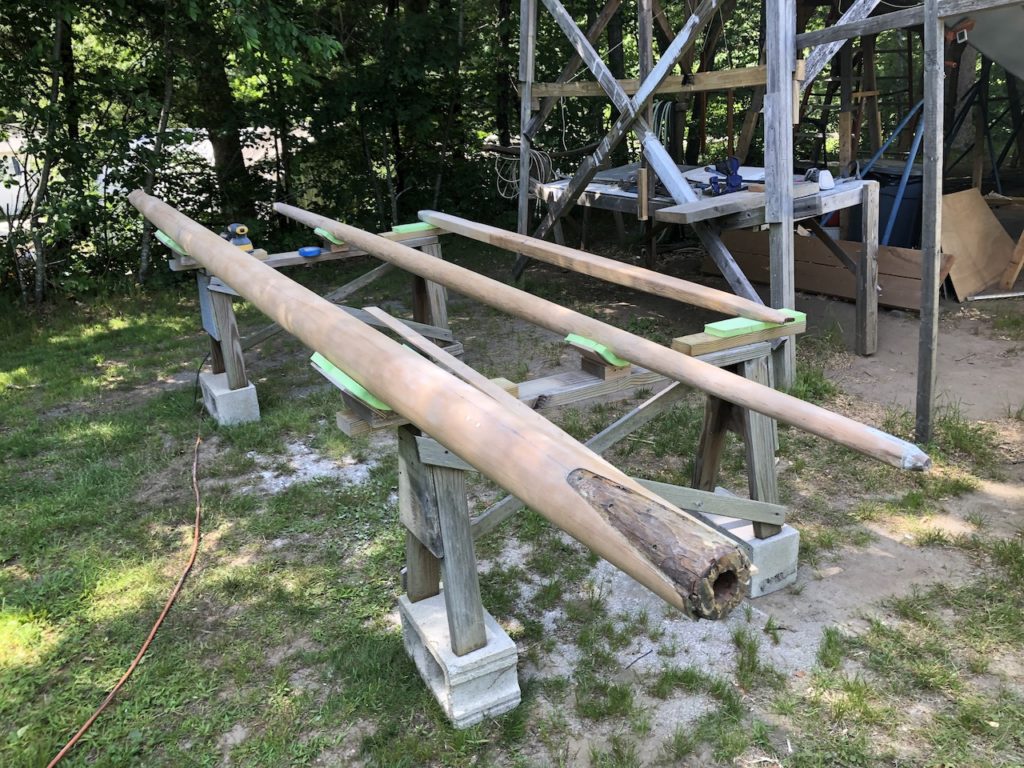
I hung the booms and whisker poles under the scaffolding for varnishing.
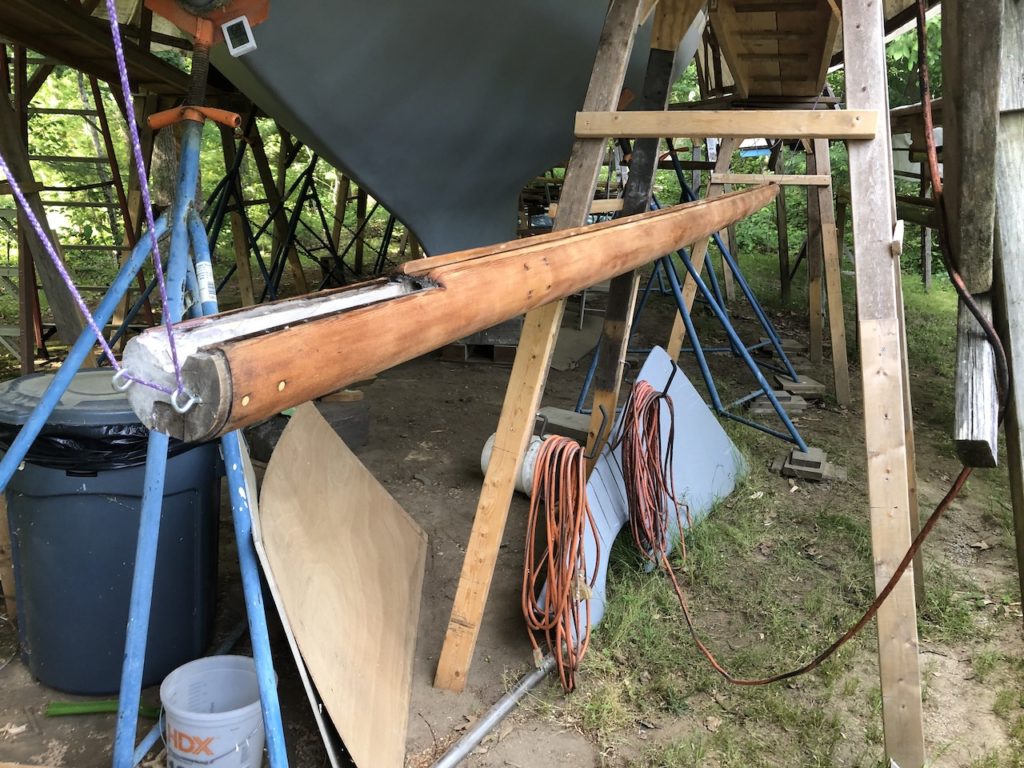
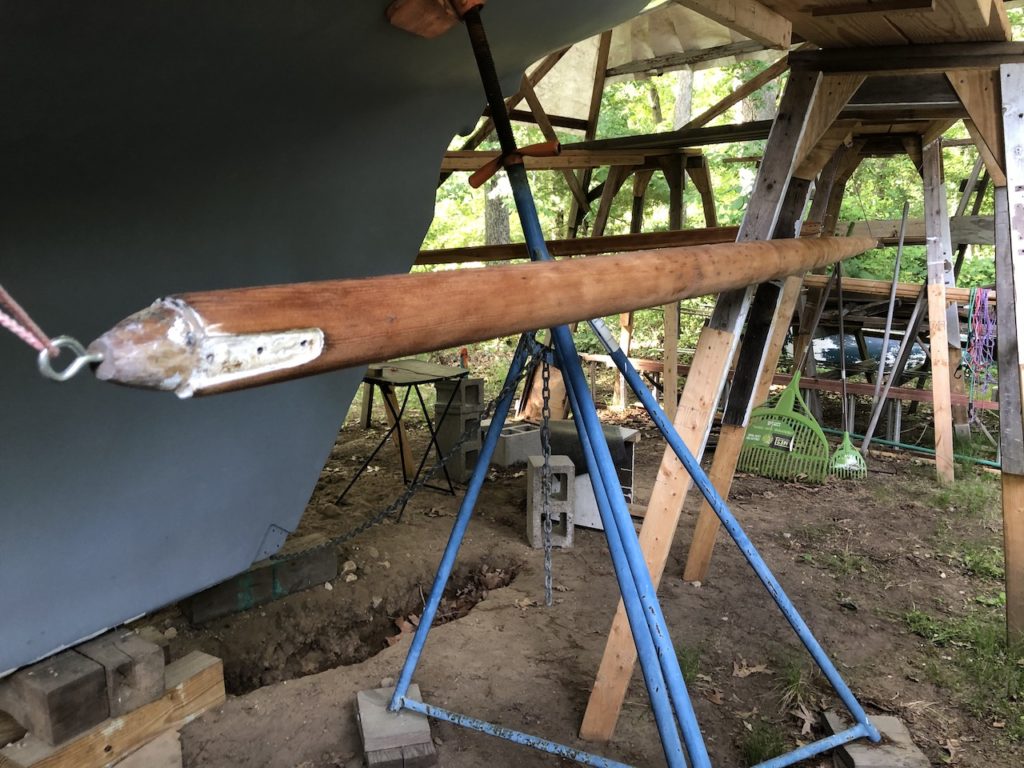
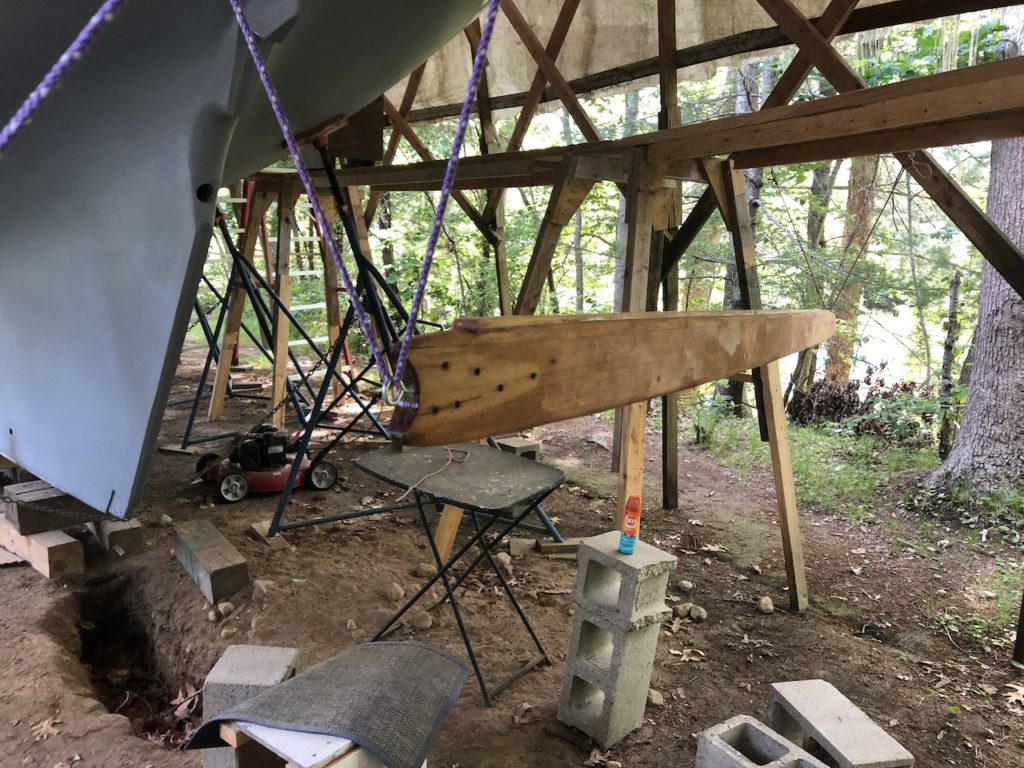
I moved everything back to the sawhorses for sanding between coats.
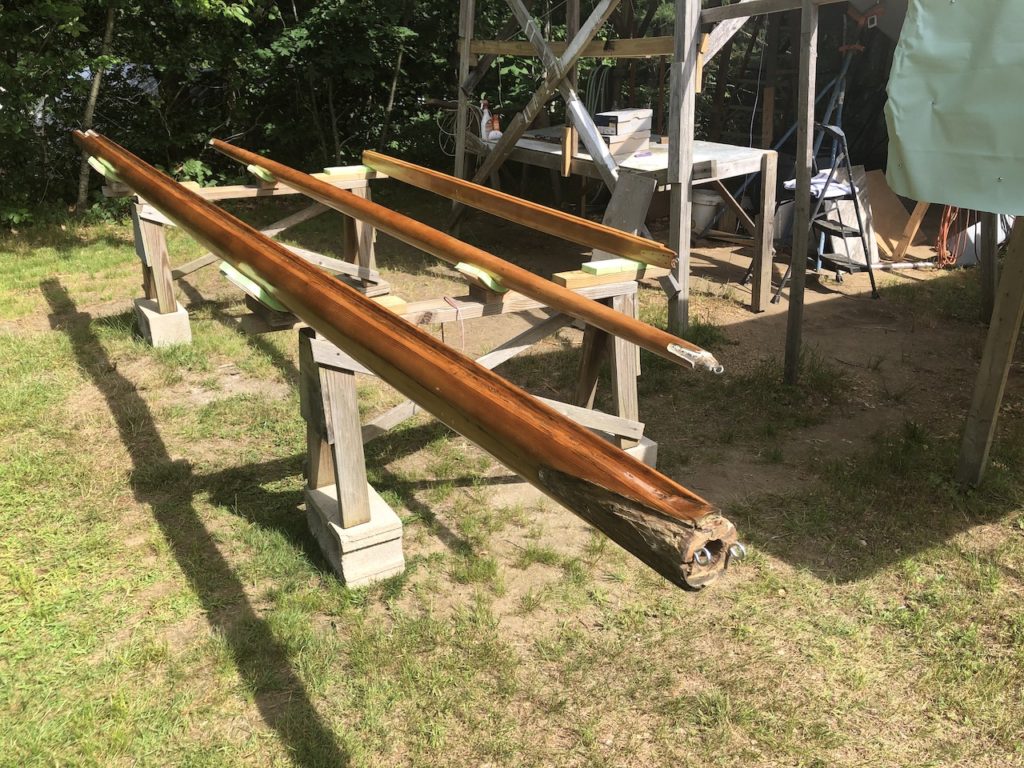
I stopped after six coats. Booms are covered by sails and sailcovers, so require less frequent maintenance coats.
The sail track for the mainmast and boom was purchased a few weeks ago. I’ll be reusing the existing sail track for the mizzen mast and boom, but will use new fasteners.
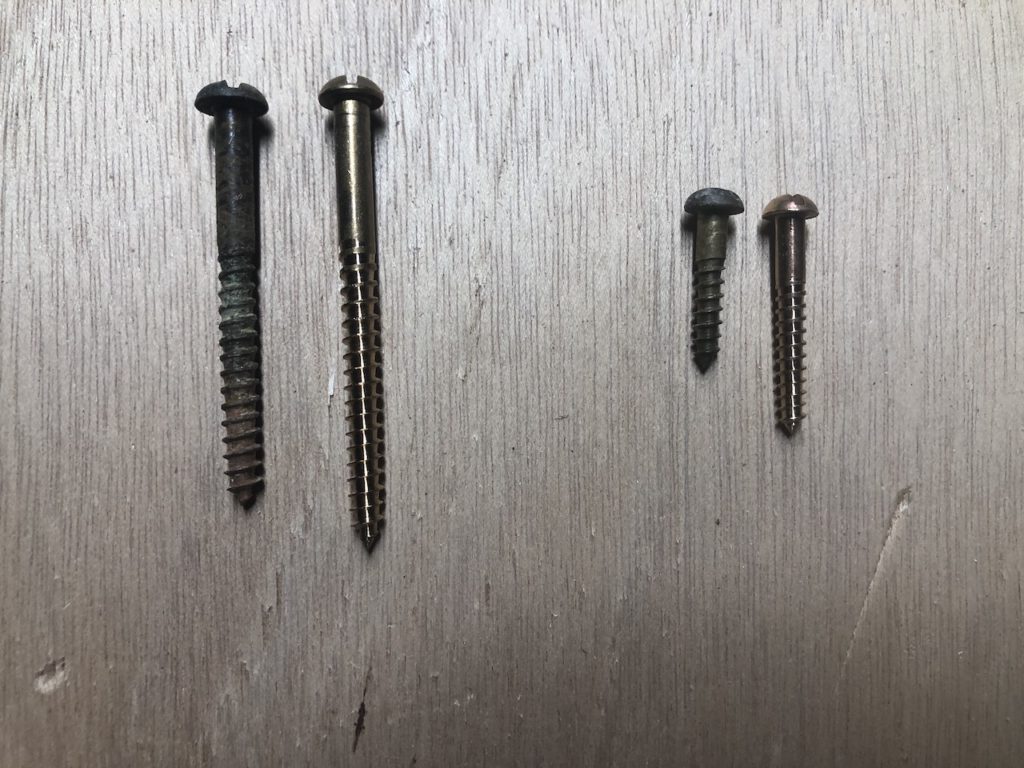
The mizzen tracks requires some cleaning up, which consisted of scraping off old varnish (that was surely intended for the spars, not the tracks), then sanding off the grit and grime.
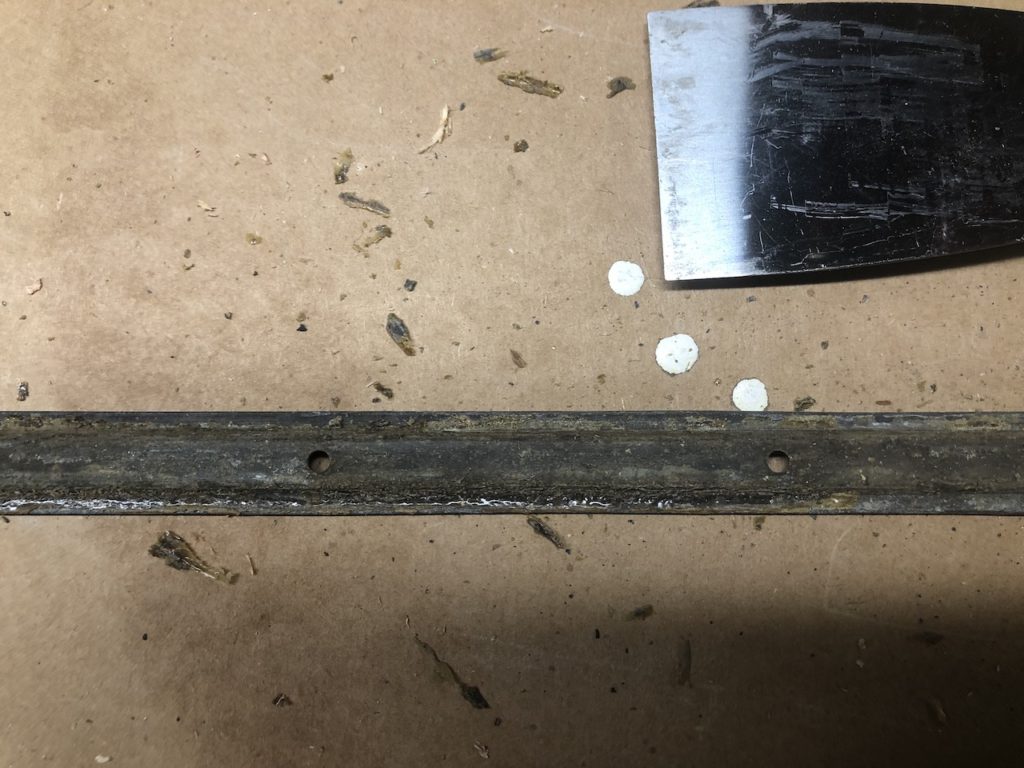
Here the track is reinstalled on the mizzen book. It might looks a bit too short, but you’ll eventually see that there’s a different track on the aft end along which slides outhaul hardware.

The mizzen track, reinstalled on the new track riser:

The sail track in the main boom sat on a thin spruce riser, that was not glued to anything, so was easily removed. I made a replacement out of long scraps of teak:
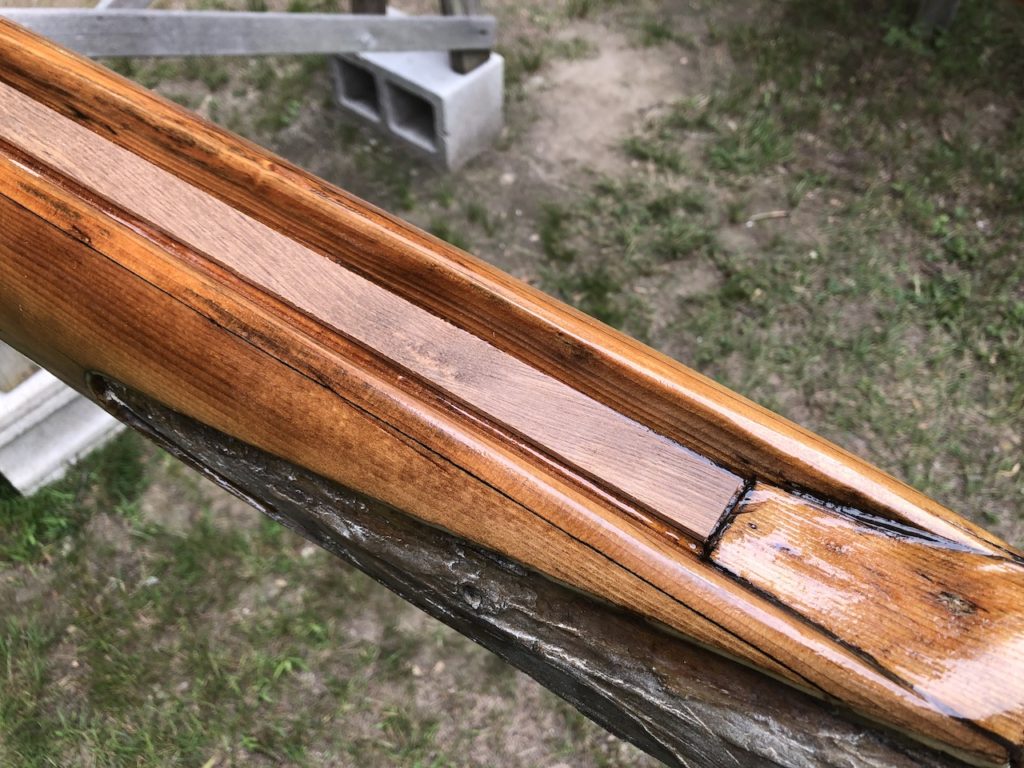
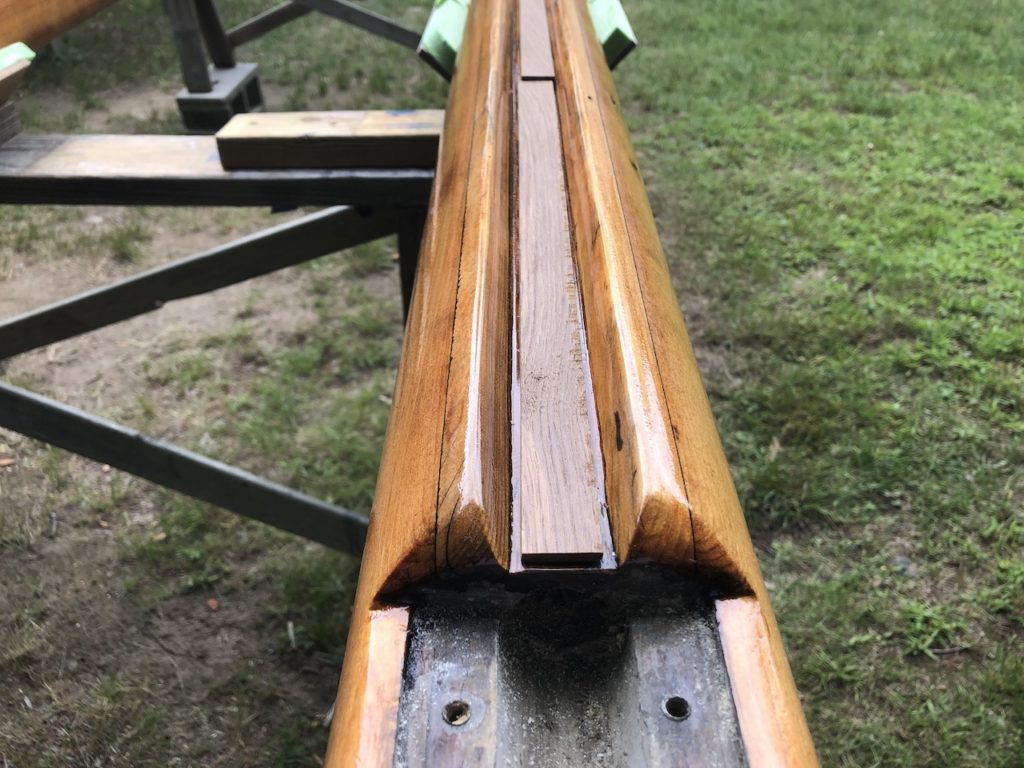
Some of the new fasteners for the track are on backorder, but I had enough to get started.
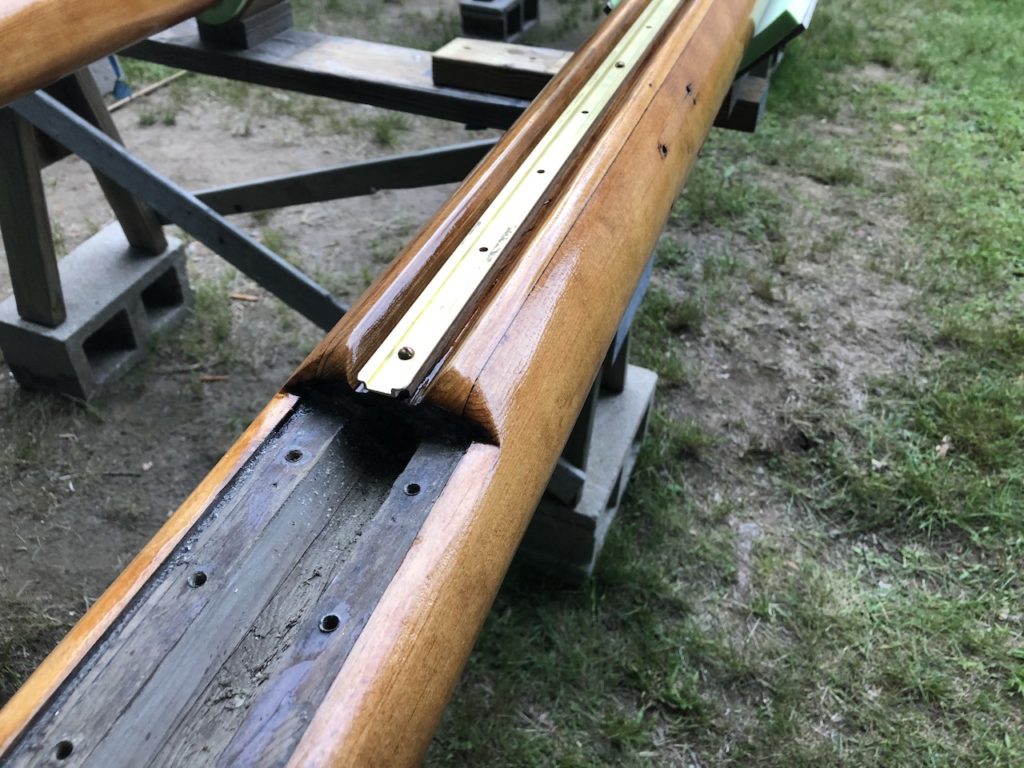
The ends have to be filed where two pieces of track meet:
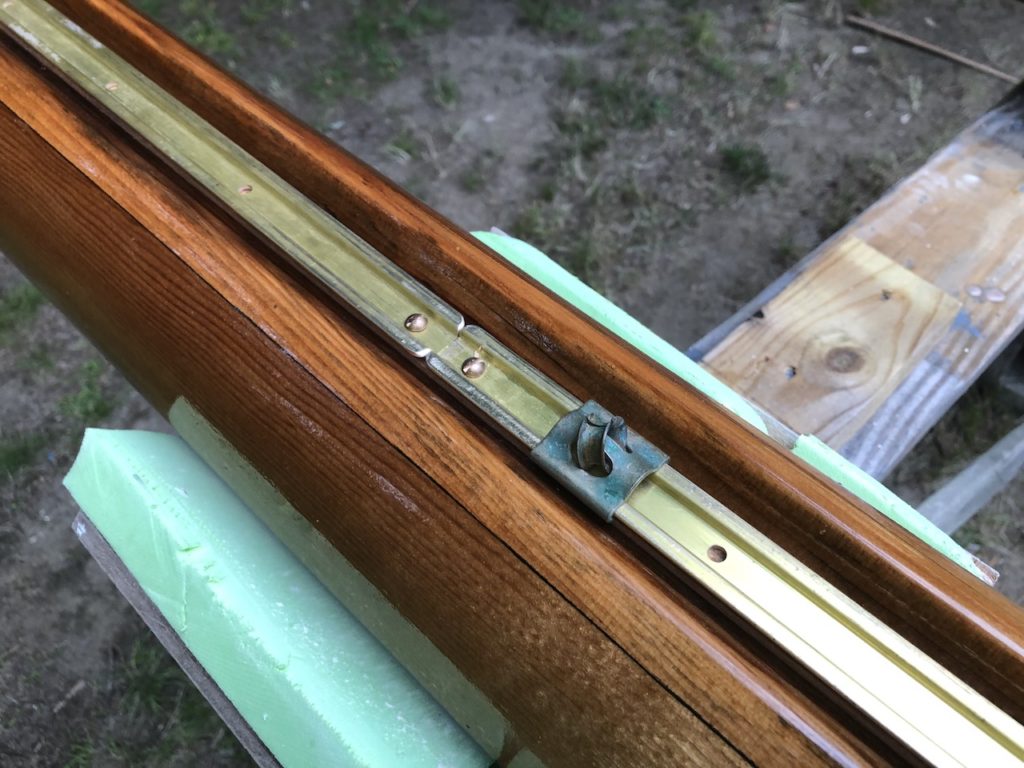
One piece of the track hardware on the mainmast required some adjustments to the riser.
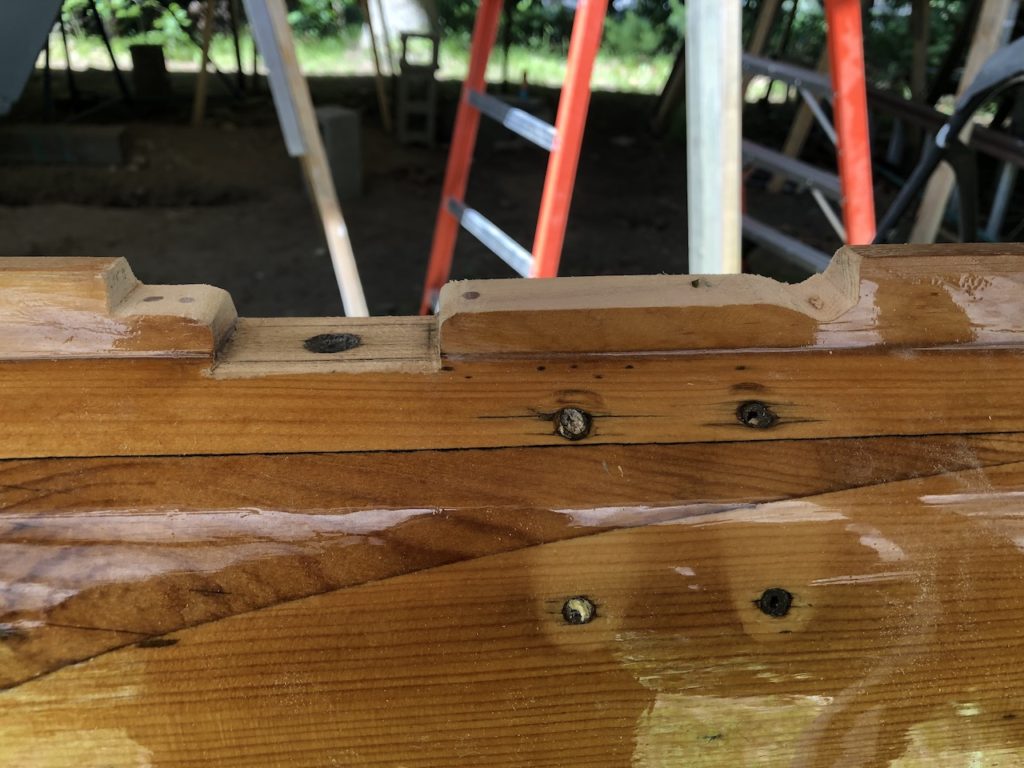
Chisels and planes are core tools in woodworking, and If you’re not spending as much time sharpening them as using them, then you’re not sharpening enough. All of my planes are so-called “rabbeting” planes, which means that blade spans the full width of the sole (actually just a tiny bit wider), which facilitates cutting into corners. From left to right in the image are a shoulder plane, a block plane, and a jack plane.
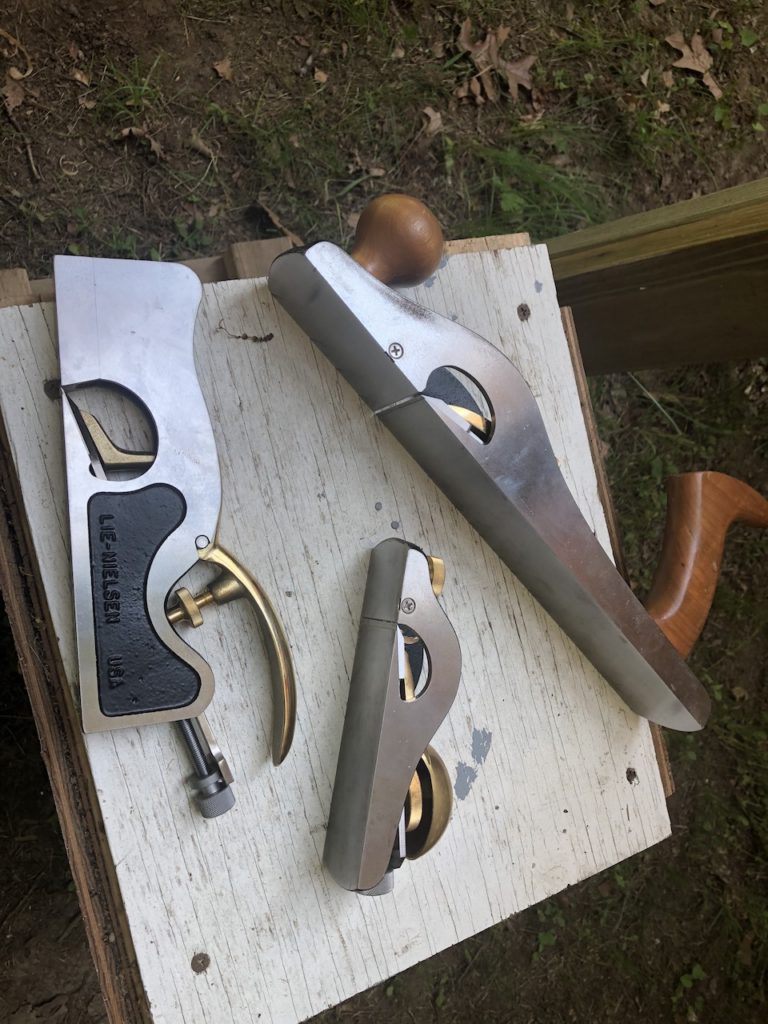
I used the shoulder plane to make minor depth adjustments here:
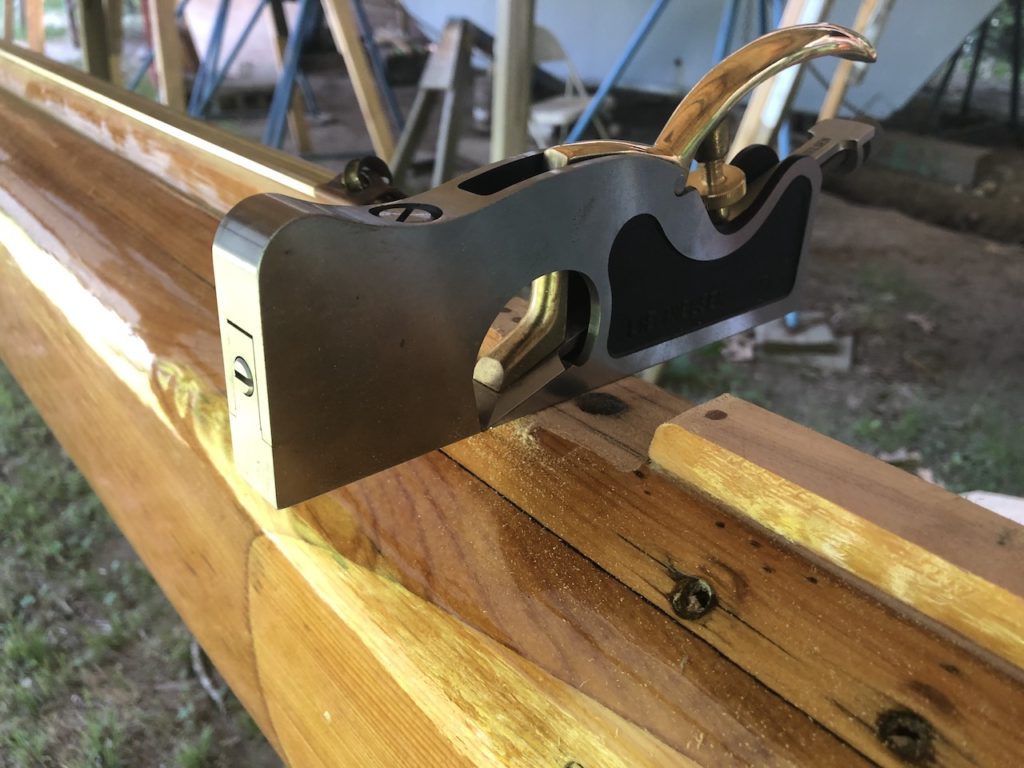
Here is the piece of hardware, and its purpose is to join two pieces of track, but the circular knob can be turned to lift it up and away from the mast, so the sail can be either taken on or off the mast.
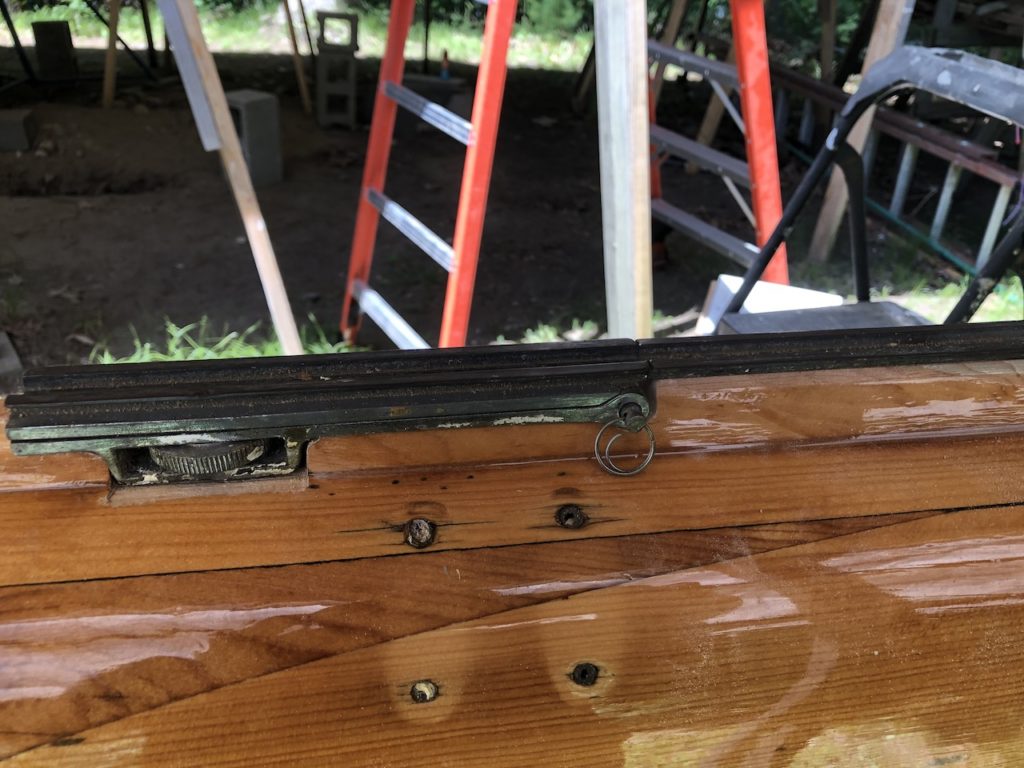
A little further aft, just above the gooseneck hardware, the riser wasn’t quite high enough, which jarred my memory that once upon a time there were washers filling the gap at screw locations.
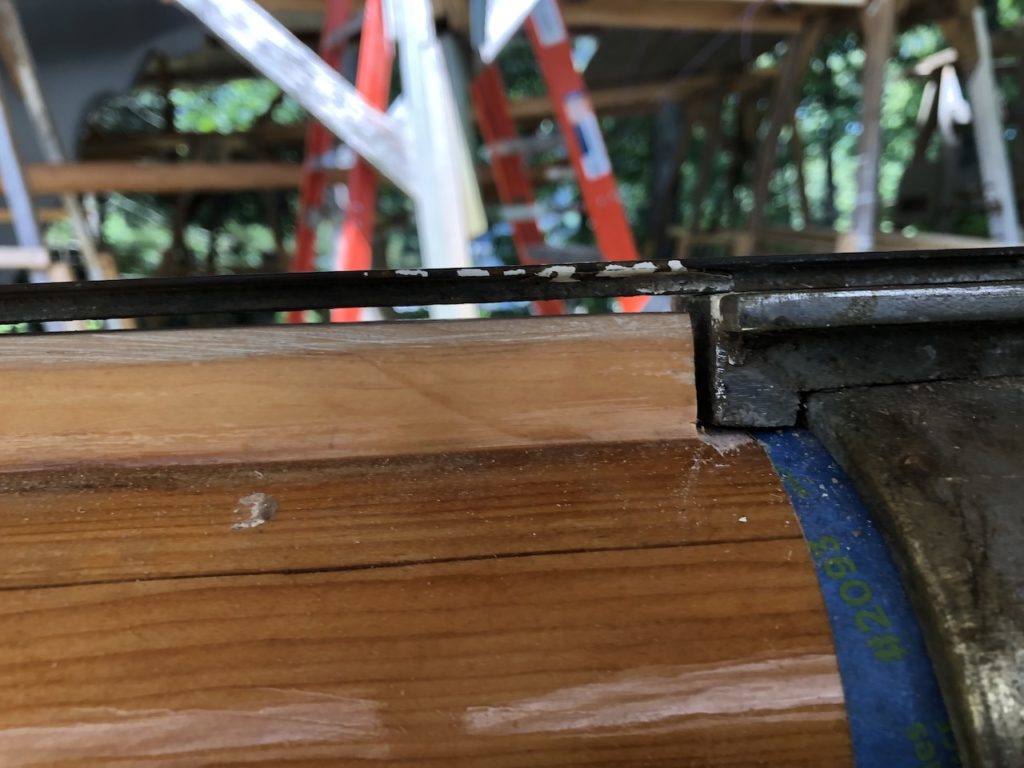
Rather than resort to using washers, I simply built up the riser:
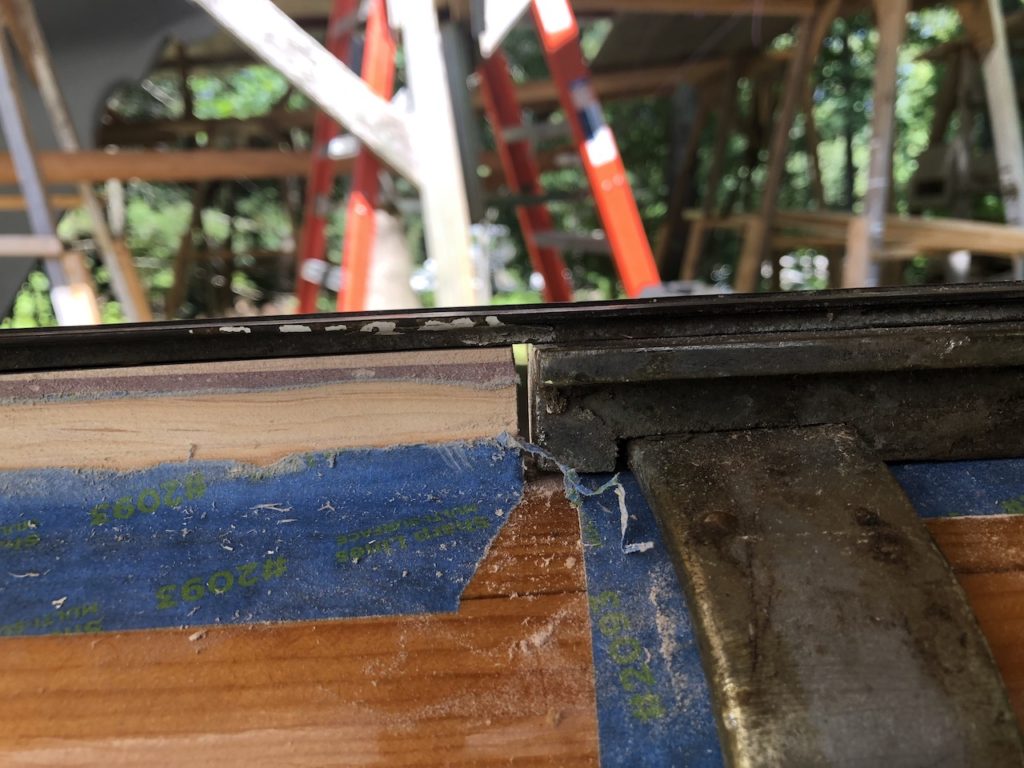
One more coat of varnish makes 10 total, and that’s where I’ll stop. No more varnishing these spars until I cycle into maintenance coats in about a year.
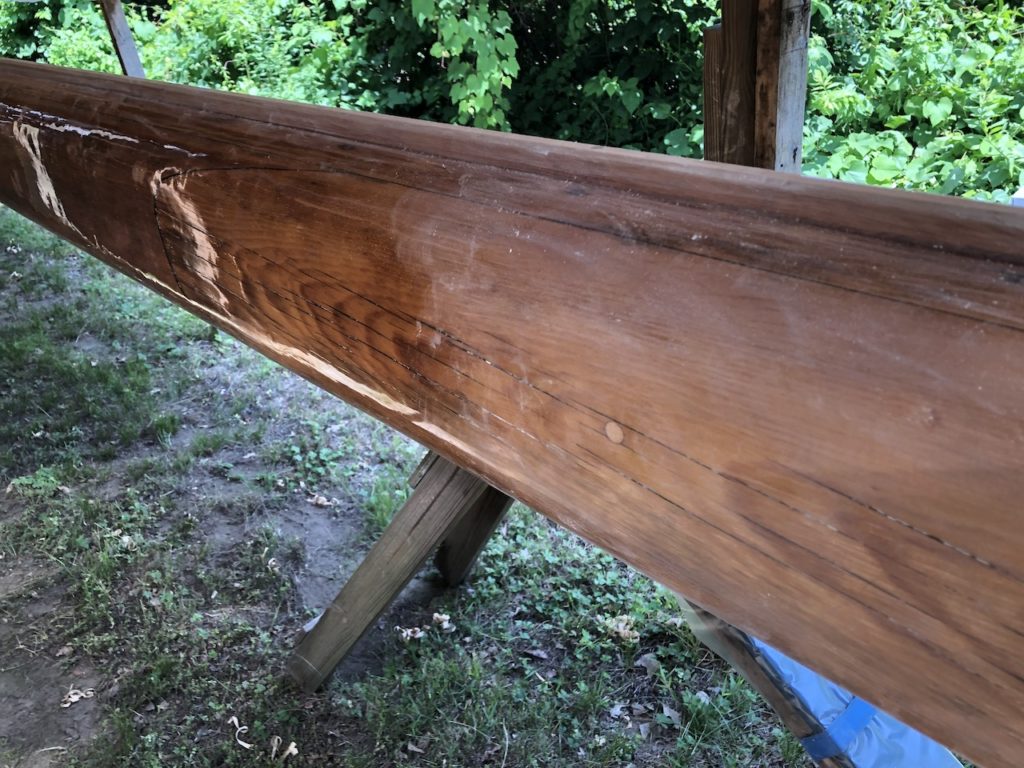
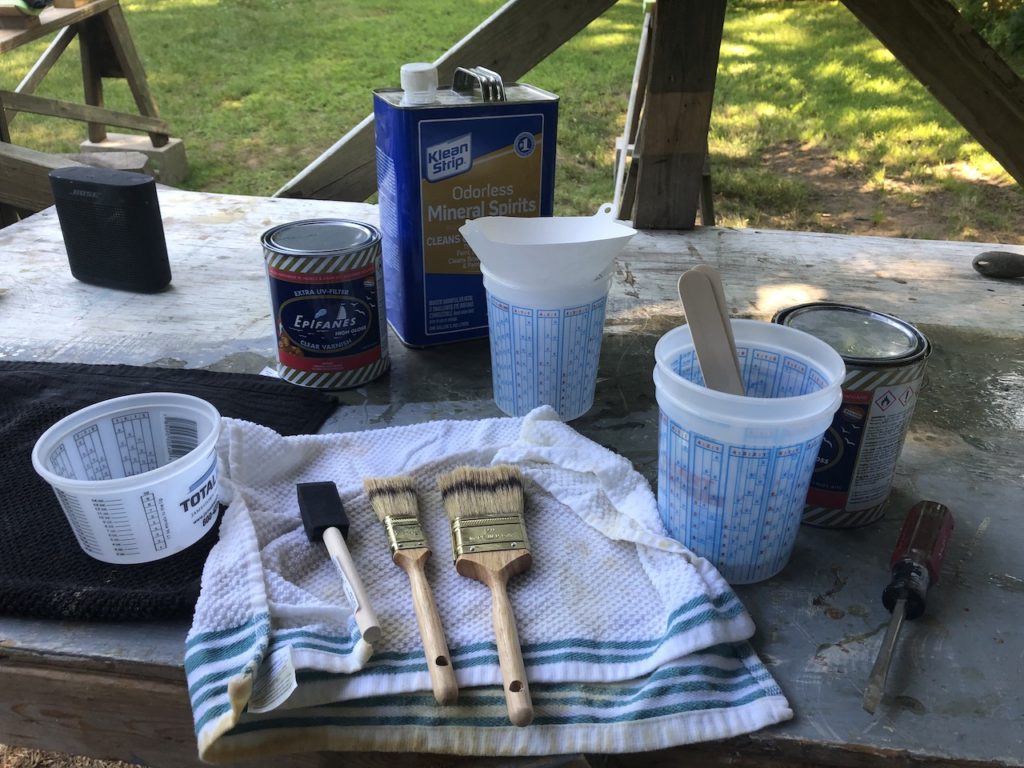
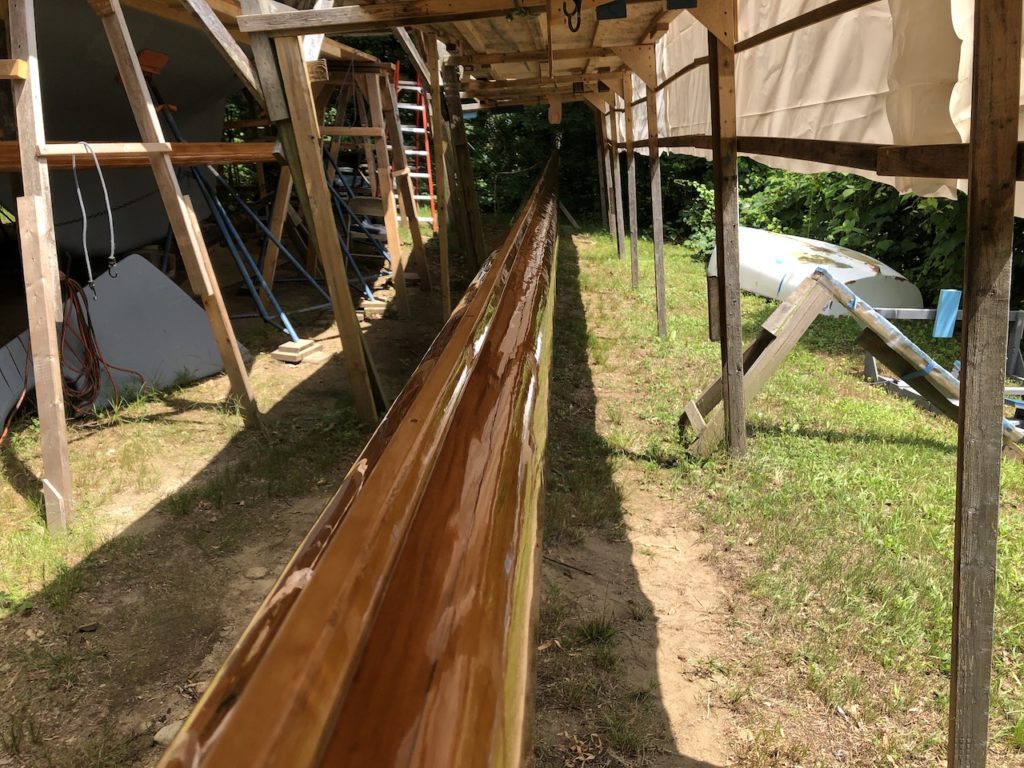
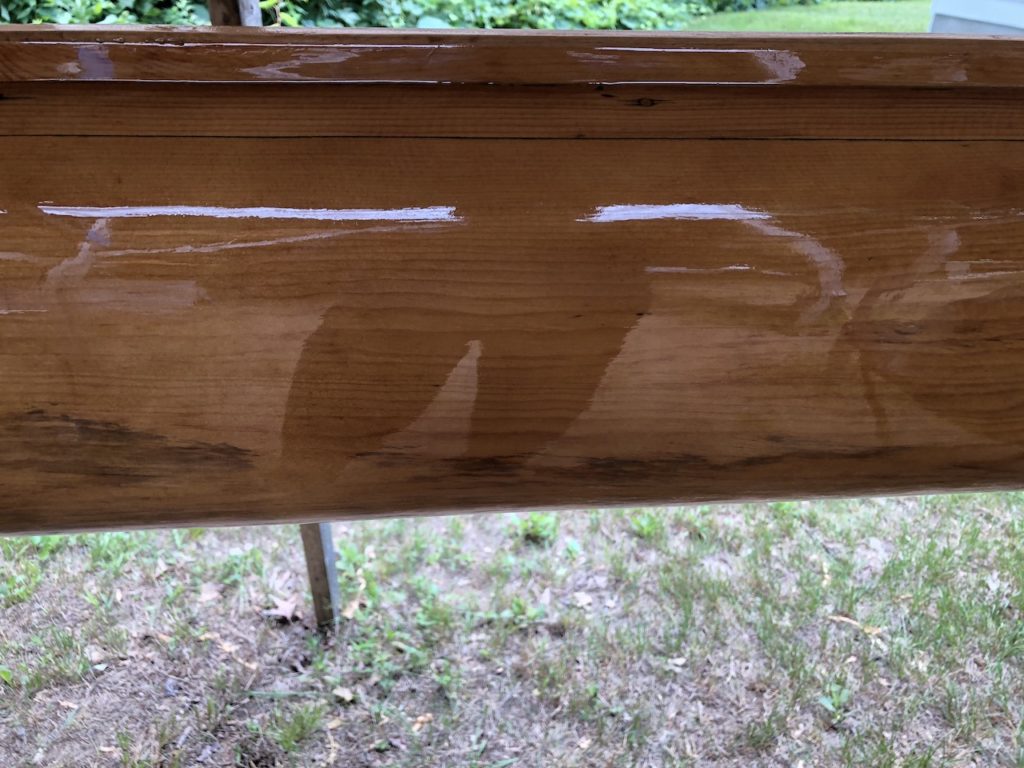
Trish
07/05/2020 — 10:50 pm
Amazing stuff, Mike!
Linda
07/06/2020 — 2:25 pm
Looking fantastic. Incredible work — beautiful!
Amazing!! I get tired just looking at all this work.
Enjoy seeing the progress.
Thanks, Linda
Mike
07/10/2020 — 2:33 pm
Thanks, Linda!